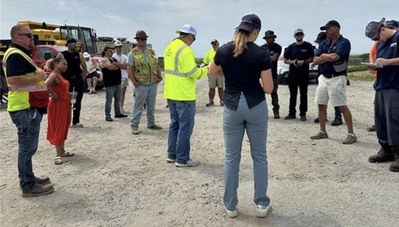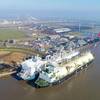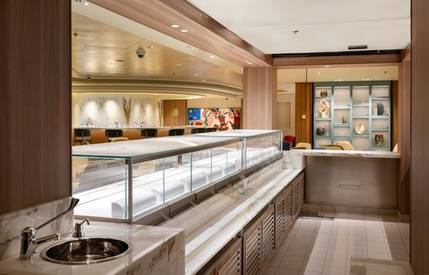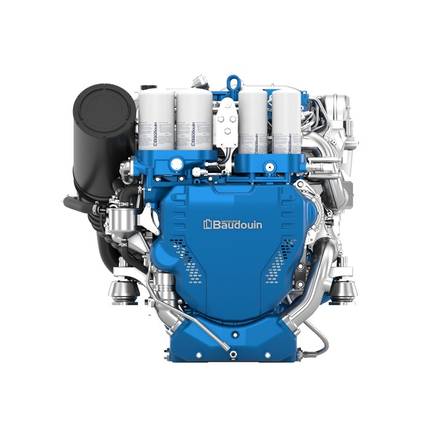Crawlers to Inspect Blades After Vineyard Wind Failure
Vineyard Wind and GE Vernova on Friday released a plan outlining the steps to be followed after a turbine blade failure last month at the Vineyard Wind offshore project off the coast of Massachusetts, which left potentially dangerous debris on beaches on the island of Nantucket.
Vineyard Wind, the first major U.S. offshore wind farm, was shut down by federal authorities after the turbine blade failure.
The plan outlines the steps to be followed to recover the remainder of the blade on the turbine. It has been developed in consultation the U.S. Bureau of Safety and Environmental Enforcement and the U.S. Coast Guard, the companies said in a statement.
The blade removal operation entails four tasks developed in alignment with salvage company Resolve Marine: rotating the blade to reduce hanging blade and possible controlled cutting, removing the root of the blade from the hub, removing fallen debris from the platform and addressing seabed debris.
GE Vernova said an analysis "has preliminarily determined that a manufacturing deviation is considered to be the primary root cause of the blade event, which should have been identified through the quality assurance process at the blade manufacturing facility."
The overview outlines Vineyard Wind’s plan to resume safe turbine installation and restart operations.
"No blades will be installed or used in operations until thoroughly inspected," the statement said.
For an installed turbine at the Vineyard Wind project to begin or restart power production, the following criteria must be satisfied:
Re-review ultrasound photos: Re-process over 8,300 ultrasound testing (UT) records to determine whether bond requirements are satisfied. Any issues identified will be further inspected and corrective action taken as necessary.
Internal Visual inspection: Advanced remote-controlled wheeled drones called “crawlers” are inserted into the manufactured blades to allow for current-state visual inspection of the blades. Crawlers are equipped with video cameras that can capture photos and videos for review by technicians to examine critical blade elements. Any anomalies identified will be flagged for further review prior to service.
Ongoing real-time monitoring with new technology: GE Vernova is deploying a new algorithm, using existing sensors already in the blade, and monitoring blade health to avoid similar events. The algorithm will provide advanced warnings or automatic, safe turbine shutdown when required.
Vineyard Wind, owned by Denmark's Copenhagen Infrastructure Partners and Avangrid, is located 15 miles south of Nantucket.
Upon completion, Vineyard Wind is projected to produce enough electricity to power approximately 400,000 homes and businesses in Massachusetts.
(Reuters - Reporting by Anjana Anil in Bengaluru; Editing by Leslie Adler) (Additional reporting: Wendy Laursen)













